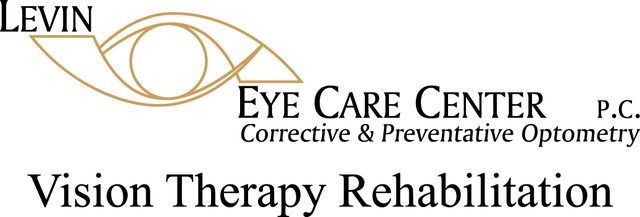The human eye’s complex structure makes it susceptible to a range of conditions.
One of the most serious is retinal detachment. This condition, affecting roughly one in every 300 people, can lead to irreversible vision loss if not promptly addressed. Understanding the early warning signs is crucial for timely intervention and treatment.
The Role of the Retina
The retina is a thin layer of tissue located at the back of the eye, essential for capturing images and transmitting them to the brain. It consists of ten distinct layers, including a network of light-sensitive cells known as rods and cones. The retinal pigment epithelium, which anchors the retina to the back of the eye, acts as a support system and helps filter nutrients for these cells.
What Is Retinal Detachment?
Retinal detachment occurs when the retina separates from the back of the eye. This usually happens following a tear in the retina, allowing eye fluid to seep underneath and push the retina away from its underlying support tissue. The causes can vary but often include trauma, infections, or complications from eye surgery, all of which require immediate medical attention to prevent permanent damage.
Risk Factors for Retinal Detachment
The likelihood of experiencing retinal detachment increases with age, as the vitreous fluid inside the eye diminishes and may tear the retina. Other risk factors include a personal or family history of retinal detachment, extreme nearsightedness, genetic conditions like Marfan’s syndrome, previous cataract surgeries, especially those without lens replacement, and injuries from contact sports or activities such as paintball.
Symptoms to Watch For
Retinal detachment is generally painless, making it difficult to detect without knowing what symptoms to look for. It’s vital to consult an eye specialist if you notice any of the following, particularly in combination:
- Sudden flashes of light, especially when moving the eyes
- A sudden increase in floaters in one eye
- A sensation of pressure or heaviness in an eye
- A shadow spreading across the periphery of your vision
- The appearance of a curtain falling across your field of vision
- Distorted vision, where straight lines appear curved
Preventive Measures and Regular Eye Exams
Regular eye exams are crucial for maintaining optimal eye health and detecting potential issues early, including retinal detachment. Between visits, you can help safeguard your vision by maintaining a healthy lifestyle, which includes a balanced diet, regular exercise, and the use of protective and UV-blocking eyewear.
We eagerly await your next visit to ensure your eyes are in top condition. Remember, catching eye problems early is key to preventing serious outcomes like vision loss from retinal detachment. Stay vigilant about any changes in your vision!

